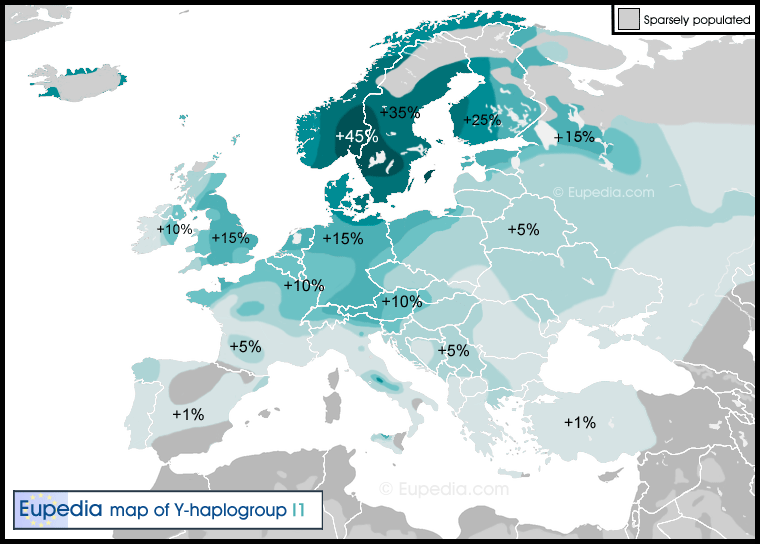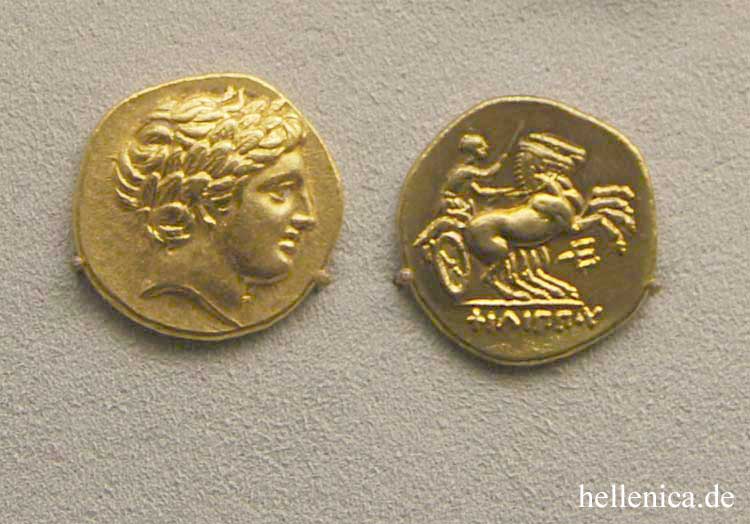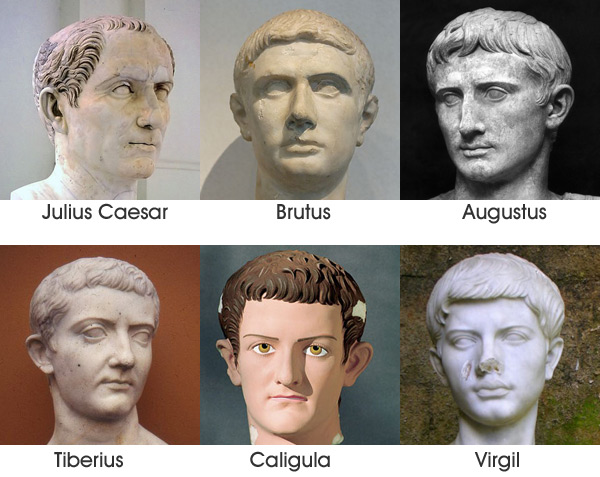Boss
Regular Member
- Messages
- 117
- Reaction score
- 23
- Points
- 0
- Ethnic group
- Greek
- Y-DNA haplogroup
- T1a
- mtDNA haplogroup
- T2f
So I am slightly concerned about certain stories regarding ethnicity in Ancient Greece and Rome and whether they are true. One story goes on something like this:
There were in Ancient Greece and Rome two kinds of groups. The commoners (slaves included) and the aristocracy. The aristocracy which was responsible for the creation of what we now think of as Greek or Roman culture, was of a different ethnicity than the commoners. The commoners were tribes original to the South whereas the aristocracy was comprised of Northern invaders. Northern not as in Northern Greece or Italy but as in Northern Europe - say, Scandinavia. These two groups did not, at the time, intermingle. They were two separate ethnic groups living in the same geographical area and being very aware of their ethnic differences ("we [the aristocrats] not only think differently than you [the commoners] do because of our culture, we also look different, very different, from you")
I am interested in it as a purely positive theory of the DNA of the elites in Greece and Rome. Is it true and how do we know? is there a scholarly consensus on the matter?
My main issue with such theories is that they are almost always debated by people with an axe to grind. Usually racist scumbags.
From the Northerners we will hear: "Our ancestors invaded the South and created Greco-Roman culture (essentially). We are the ubermenschen after all."
From the Southerners we will hear: "yeah, no you suffer from a massive inferiority complex so you have to come up with theories in order to counter the suspicion that your ancestors looked very much like those loud Germanic barbarians in the movie Gladiator"
There were in Ancient Greece and Rome two kinds of groups. The commoners (slaves included) and the aristocracy. The aristocracy which was responsible for the creation of what we now think of as Greek or Roman culture, was of a different ethnicity than the commoners. The commoners were tribes original to the South whereas the aristocracy was comprised of Northern invaders. Northern not as in Northern Greece or Italy but as in Northern Europe - say, Scandinavia. These two groups did not, at the time, intermingle. They were two separate ethnic groups living in the same geographical area and being very aware of their ethnic differences ("we [the aristocrats] not only think differently than you [the commoners] do because of our culture, we also look different, very different, from you")
I am interested in it as a purely positive theory of the DNA of the elites in Greece and Rome. Is it true and how do we know? is there a scholarly consensus on the matter?
My main issue with such theories is that they are almost always debated by people with an axe to grind. Usually racist scumbags.
From the Northerners we will hear: "Our ancestors invaded the South and created Greco-Roman culture (essentially). We are the ubermenschen after all."
From the Southerners we will hear: "yeah, no you suffer from a massive inferiority complex so you have to come up with theories in order to counter the suspicion that your ancestors looked very much like those loud Germanic barbarians in the movie Gladiator"








